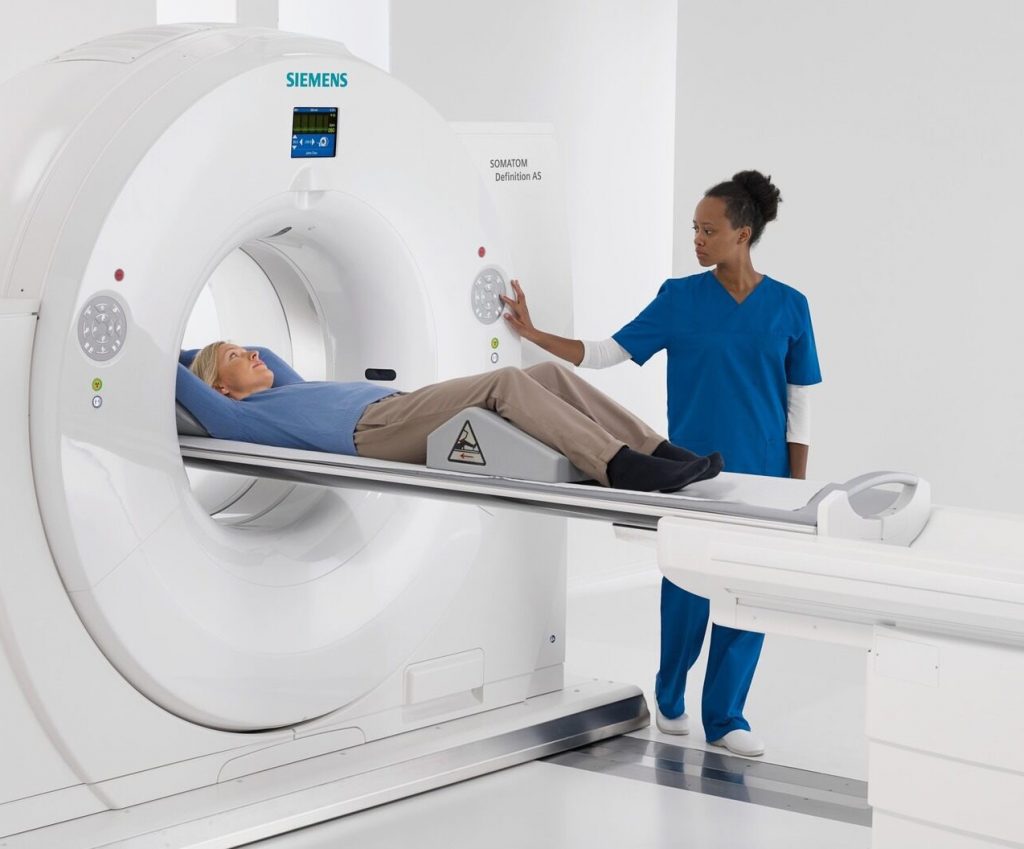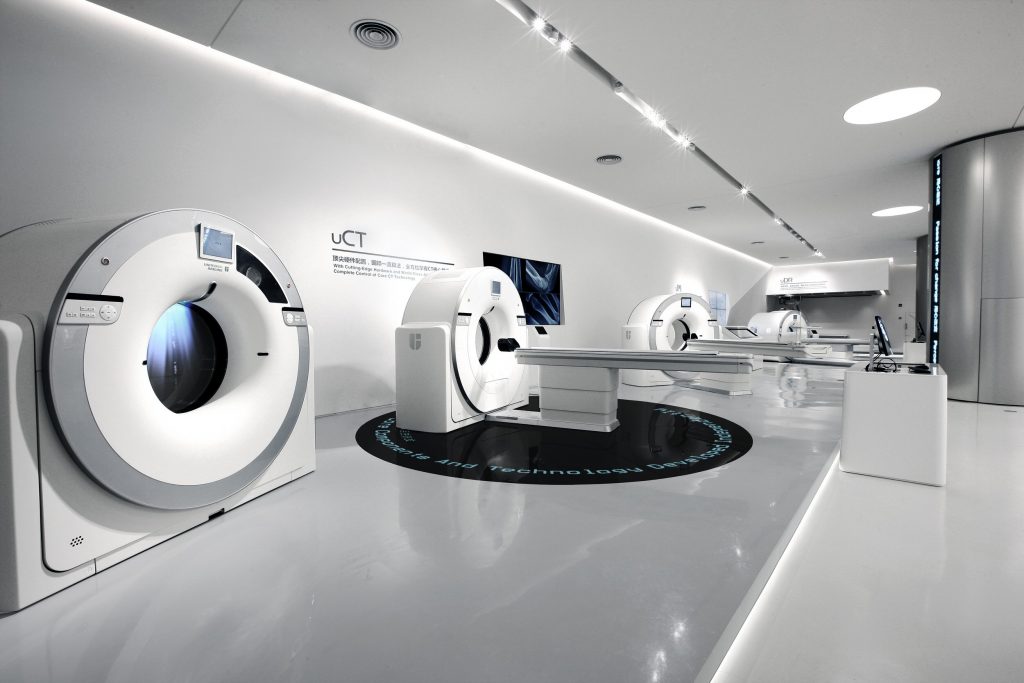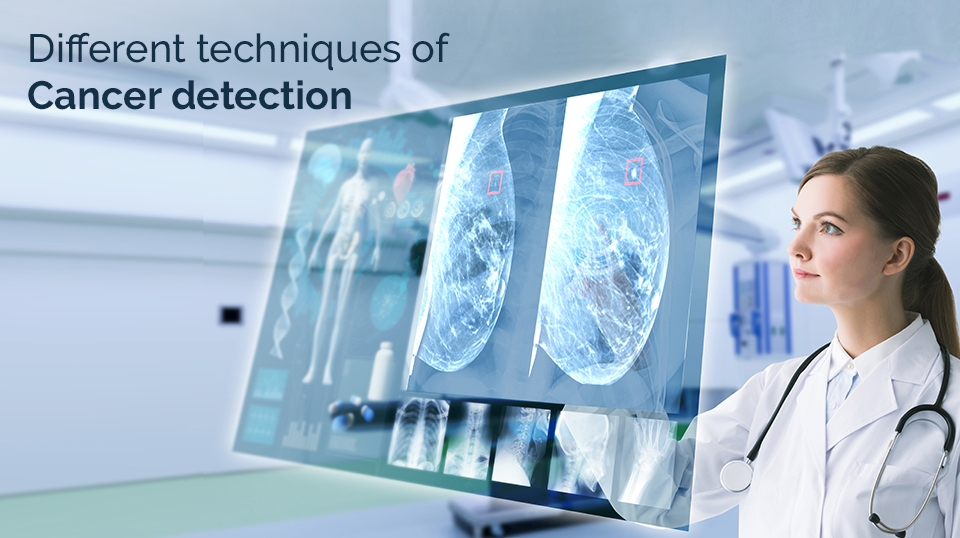Cancer, a leading cause of death worldwide, requires early detection for more effective treatment. Modern diagnostic techniques have revolutionized cancer detection, allowing for quicker, more accurate results that can significantly improve patient outcomes. From imaging technologies to genetic testing, cancer diagnosis has seen remarkable advancements. In this article, we will explore some of the most widely used modern cancer diagnostic methods, how they work, and their impact on treatment and survival. Knowing these methods can help individuals understand how cancer is detected and the importance of early screening.
1. Imaging Techniques: A Snapshot of Internal Changes
One of the most significant advances in modern cancer diagnosis is imaging technology. Various imaging techniques allow doctors to look inside the body and identify potential cancerous changes. These techniques include:

X-rays and CT Scans
X-rays have been used for decades in medical diagnostics, but when combined with computerized tomography (CT), they provide a more detailed view of the body. CT scans can identify the size and shape of tumors, making them essential for diagnosing cancers like lung cancer, liver cancer, and pancreatic cancer. These scans are often the first step in identifying abnormal growths.
Magnetic Resonance Imaging (MRI)
MRI uses strong magnetic fields and radio waves to generate detailed images of organs and tissues. MRI scans provide high-resolution images of soft tissues, making them ideal for detecting cancers in the brain, spinal cord, and soft tissues like muscles and connective tissues. MRI is particularly useful in detecting breast cancer and cancers in the pelvic area.
Positron Emission Tomography (PET)
PET scans use a radioactive tracer to detect cancer cells, as they absorb glucose at a much higher rate than normal cells. This method is especially useful for detecting metastatic cancer and understanding how the disease spreads throughout the body. PET scans are often combined with CT scans for even more accurate results.
2. Biopsy: The Gold Standard for Diagnosis
A biopsy is considered the most reliable method for diagnosing cancer. During this procedure, a small sample of tissue is removed from the suspicious area and examined under a microscope to check for cancer cells. There are various types of biopsies, depending on the location and nature of the suspected tumor:
Needle Biopsy
A needle biopsy involves using a thin, hollow needle to remove a small sample of tissue. It’s commonly used for diagnosing cancers in areas such as the breast, liver, and prostate.
Endoscopic Biopsy
For cancers in the digestive tract, lungs, or urinary system, doctors may use an endoscope, a flexible tube with a camera and a small tool for tissue sampling. This method allows doctors to take samples from hard-to-reach areas, providing valuable insight into cancers like colorectal cancer and lung cancer.
Surgical Biopsy
Sometimes, doctors may need to perform a surgical biopsy, where a larger piece of tissue or an entire tumor is removed for analysis. This is typically used when other biopsy methods are inconclusive or the tumor is deep inside the body.
3. Genetic Testing: A Revolutionary Approach
In the past few decades, genetic testing has become a vital part of cancer diagnosis. By analyzing changes or mutations in a person’s genes, doctors can determine whether they are at higher risk for certain types of cancer. These genetic tests are particularly useful for cancers that have a hereditary component, such as breast, ovarian, and colorectal cancers.
BRCA1 and BRCA2 Genetic Testing
For women with a family history of breast or ovarian cancer, testing for mutations in the BRCA1 and BRCA2 genes can provide critical information. A positive test result indicates a significantly increased risk of developing these cancers. Genetic counseling is often recommended for those with a family history of cancer to assess their risk and decide on appropriate preventive measures.
Oncogenes and Tumor Suppressor Genes
In addition to BRCA gene testing, genetic tests can identify mutations in oncogenes (genes that promote cancer growth) and tumor suppressor genes (genes that prevent tumor formation). These mutations are linked to various cancers, including lung cancer, prostate cancer, and leukemia. Identifying these mutations can help tailor treatment strategies for individuals with certain types of cancer.
4. Liquid Biopsy: A Non-Invasive Diagnostic Tool
Liquid biopsy is an emerging diagnostic method that involves detecting cancer-related genetic material (such as DNA or RNA) in blood, urine, or other bodily fluids. It is a non-invasive and less expensive alternative to traditional biopsies. Liquid biopsies are particularly beneficial in monitoring cancer progression, recurrence, or response to treatment. They are being used to detect a wide range of cancers, including lung, colon, and pancreatic cancers.
This method is still under research but shows great promise for early detection, real-time monitoring, and personalized treatment plans based on the molecular characteristics of the tumor.
5. Blood Tests: Detecting Tumor Markers
Blood tests are commonly used to detect tumor markers—substances that are produced by cancer cells or released into the bloodstream when cancer is present. These markers can sometimes be detected in the early stages of cancer, helping doctors diagnose the condition or assess the effectiveness of treatment. Some common blood tests used in cancer diagnosis include:
Complete Blood Count (CBC)
A CBC test measures the number and types of blood cells in the body and can detect certain cancers, such as leukemia or lymphoma. Abnormal levels of red or white blood cells may indicate the presence of cancer.
Cancer Antigen (CA) Tests
Cancer antigen tests, such as CA-125 for ovarian cancer and CA 19-9 for pancreatic cancer, help doctors monitor certain cancers by measuring levels of specific proteins in the blood.
Prostate-Specific Antigen (PSA) Test
The PSA test measures the level of PSA, a protein produced by the prostate gland. Elevated PSA levels may indicate prostate cancer, though other conditions can also cause high levels.
6. Ultrasound: Using Sound Waves to Detect Abnormalities
Ultrasound uses high-frequency sound waves to produce images of organs and tissues inside the body. While ultrasound is often associated with pregnancy, it is also an effective diagnostic tool for detecting cancer in the liver, kidneys, pancreas, and reproductive organs. Ultrasound can help doctors visualize tumors, determine their size, and guide biopsy procedures.
7. Molecular Imaging: Advanced Imaging for Detailed Diagnosis

Molecular imaging combines traditional imaging techniques, such as PET or MRI, with targeted tracers to identify specific molecules associated with cancer cells. This method allows for more precise diagnosis, enabling doctors to visualize tumors at the molecular level. It is particularly useful for diagnosing complex cancers, such as brain cancer, lymphoma, and breast cancer.
Conclusion: Embracing the Future of Cancer Diagnosis
Modern cancer diagnosis methods have drastically improved the early detection and treatment of cancer, making it possible to detect tumors at their earliest, most treatable stages. Whether through advanced imaging techniques, genetic testing, or innovative blood tests, these diagnostic tools continue to evolve, providing doctors and patients with a comprehensive view of the disease. With ongoing advancements in cancer diagnostics, the hope for better treatment outcomes and higher survival rates is stronger than ever.
Staying informed about the latest cancer diagnosis methods is essential for understanding how healthcare professionals can detect and treat cancer. Early detection and intervention remain the key to successful cancer management.

Leave a Reply